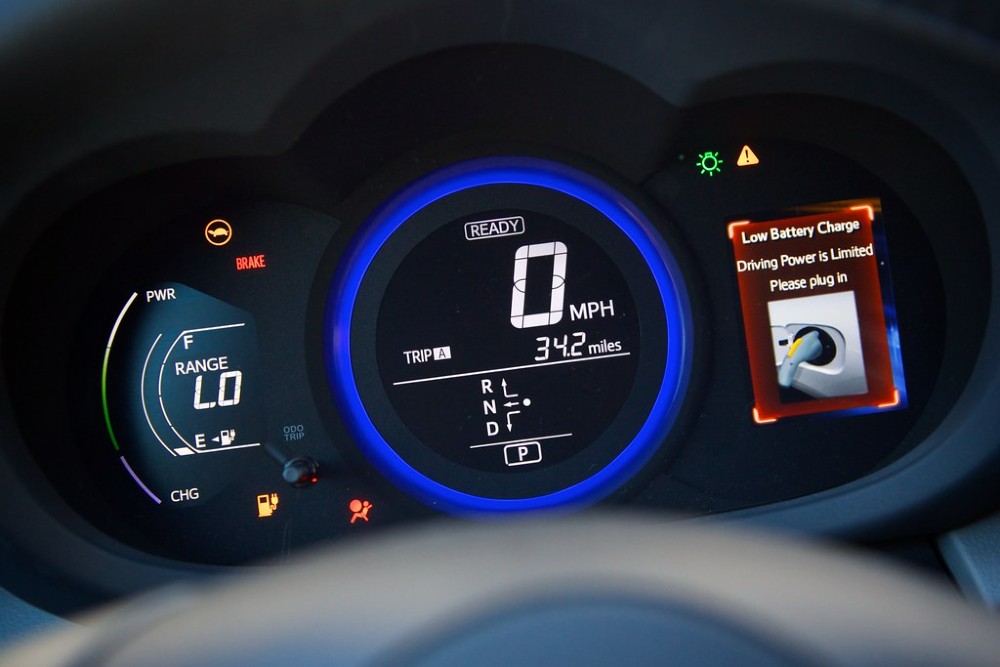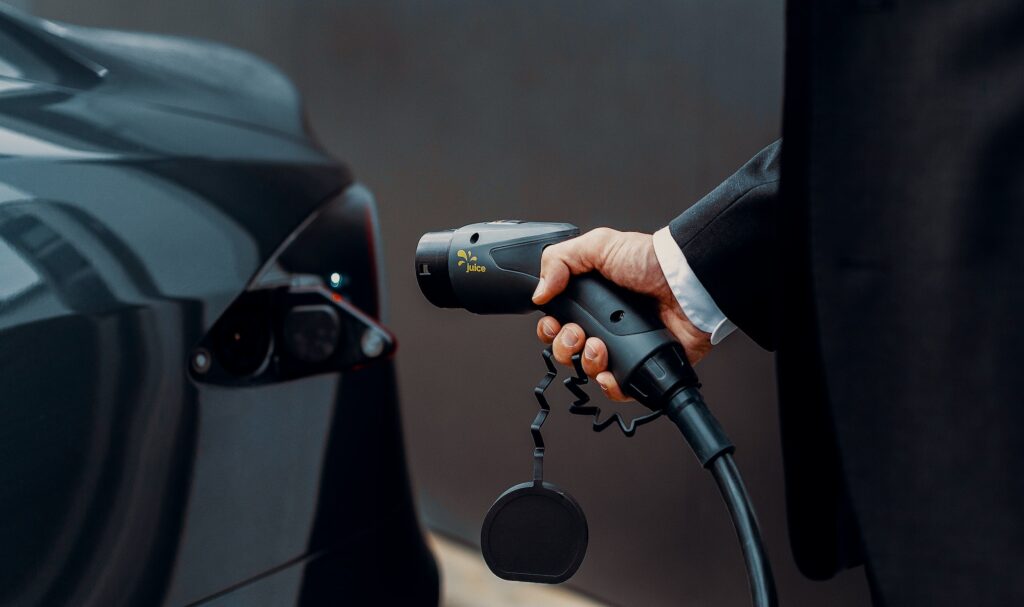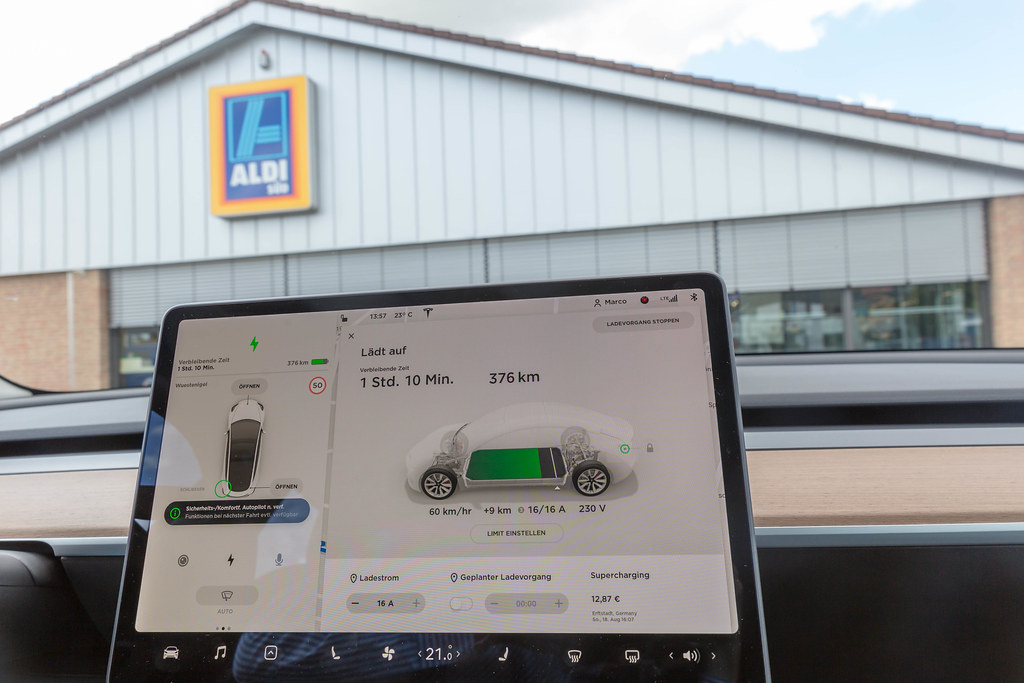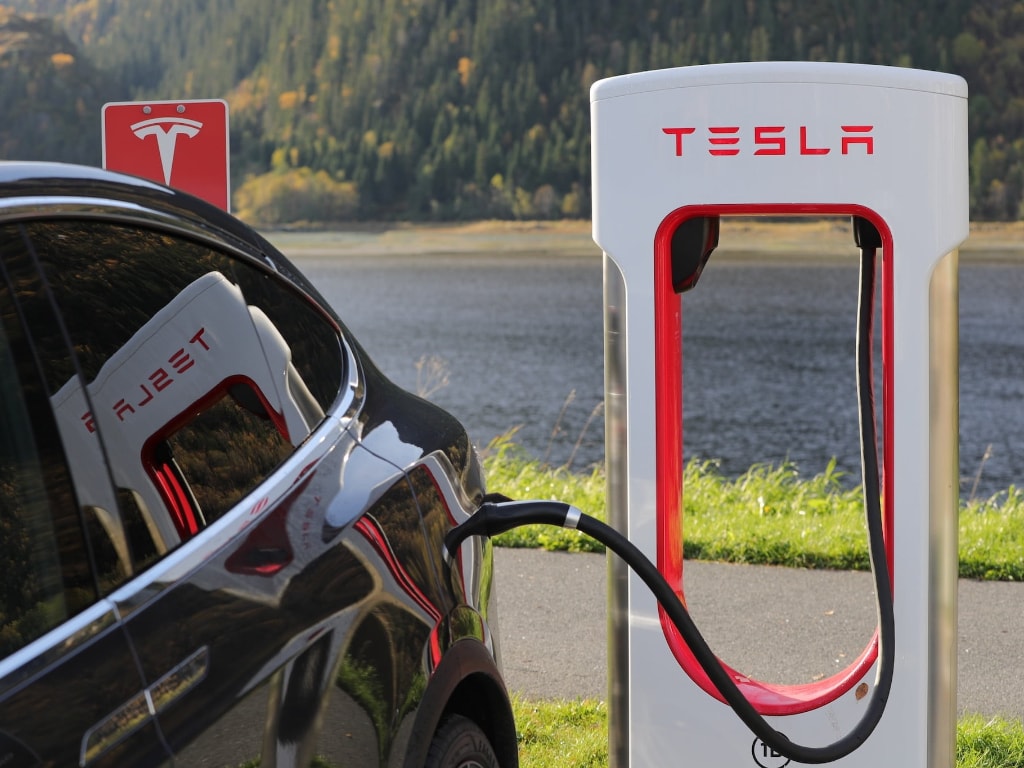
Rechargd.com is reader supported. We may collect a share of sales or other compensation from the links on this page. As an Amazon Associate, we earn from qualifying purchases.
Tesla Model 3 has been making headlines since its launch, praised for its all-electric powertrain and futuristic features. One of the most important aspects of this vehicle is its battery, which, if adequately maintained, can provide a smooth and long-lasting driving experience. This comprehensive guide will discuss the best practices for Tesla Model 3 battery calibration to help you maximize its performance and extend its life.
To calibrate your Tesla Model 3 battery, discharge it to 5-10% and rest the vehicle before charging it to 100% using a Supercharger or Level 2 charger. Allow the vehicle to rest again, then drive until the battery reaches 90%. Repeat this process every 3-6 months for optimal battery life and accurate battery management system readings.
What is Tesla Model 3 battery calibration?

Battery calibration refers to ensuring that your electric vehicle’s battery management system (BMS) accurately represents the true capacity and state of the battery. The BMS is crucial in estimating the remaining driving range, monitoring battery health, and optimizing energy usage. Calibrating the battery ensures that you get the most accurate information and prevents any potential issues that may arise due to improper BMS readings.
Why should you calibrate the Tesla Model 3 battery?
There are numerous reasons why you should calibrate your Tesla Model 3 battery periodically to maintain optimum battery health, such as:
- Accurate driving range estimation: A calibrated battery provides the most accurate estimation of the remaining driving range, enabling you to plan your trips and avoid range anxiety confidently.
- Maximizing battery life: With an accurate battery management system, the BMS can better manage to charge and discharge, helping prolong the battery’s lifespan.
- Preventing charging problems: If the BMS is inaccurate, you may encounter charging issues, such as overcharging or undercharging your battery. Regular calibration helps in avoiding these problems.
Now that you have a clear idea about the importance of battery calibration let’s move on to the steps involved in the process.
How often should you calibrate the Tesla Model 3 battery?
In my experience, there is no one-size-fits-all answer to this question, as it depends on an individual’s driving habits and usage patterns. However, a general rule of thumb is calibrating your Tesla Model 3 battery once every three to six months to ensure optimum performance.
What are the steps to calibrate your Tesla Model 3 battery?

To properly calibrate your Tesla Model 3 battery, follow these step-by-step instructions:
Step 1: Perform a full-depth discharge
The first step you need to take is to perform a full-depth discharge. Before you begin, ensure you have at least 50 miles of range left on your battery to avoid any unexpected issues. Then, drive the vehicle in normal conditions until the battery level reaches around 5-10%.
Keep a close eye on your battery charge percentage throughout this process. When your car’s screen displays a low battery warning (usually around the 5-10% mark), it’s time to move on to the next step.
Step 2: Let the vehicle rest
Once you have completed step 1, park your car and allow it to rest for about 30 minutes to an hour without interruptions. This rest period allows the BMS to fully assess the battery’s condition and gather data on its current state.
Step 3: Charge the battery to 100%
After the rest period, immediately plug your Tesla Model 3 into a charger and charge the battery to 100%. It’s essential to use a Tesla Supercharger or a Level 2 home charger for this step, as regular (Level 1) chargers may not provide the necessary charging speed for proper calibration.
Step 4: Let the vehicle rest again
Just like in step 2, you need to allow the vehicle to rest once more after the battery has reached 100% charge. This step is crucial to helping the BMS gather accurate information about the battery’s fully charged state.
Step 5: Drive the vehicle until the battery reaches 90%
Lastly, drive your Tesla Model 3 until the battery charge percentage reaches around 90%. This step helps normalize the BMS readings and ensures the entire process is completed correctly.
After following these five steps, your battery calibration process is complete, and you can now enjoy a more accurate BMS representation.
Does overcharging affect the Tesla Model 3 battery calibration process?
Overcharging your Tesla Model 3 battery can negatively impact its health and performance. Although the BMS is designed to manage charging and prevent overcharging, excessively charging your battery (for example, by charging it to 100% daily) may contribute to its degradation.
To avoid this, Tesla recommends that you charge your battery to 90% for daily usage and only charge to 100% if you anticipate the need for a long drive or if you’re calibrating the battery.
How do driving habits affect battery calibration?
Your driving habits play a significant role in maintaining your Tesla Model 3 battery health and proper calibration. Factors such as aggressive acceleration, high speeds, frequent Supercharger use, and extreme temperature exposure can contribute to battery degradation and impact the accuracy of the BMS.
To ensure optimum battery health and accurate calibration, follow best practices such as:
- Driving at a steady pace, avoiding harsh acceleration when unnecessary;
- Reducing high-speed driving;
- Minimizing direct, prolonged exposure to either high or low temperatures and
- Charging at a Tesla Supercharger only when necessary, opting for Level 2 or slower chargers for daily use.
No Official Information on Battery Calibration in the Model 3 Owner’s Manual
It is important to note that the calibration method provided in this article is based on the experiences of Tesla Model 3 owners and expert opinions. The Model 3 owner’s manual does not provide official information regarding battery calibration techniques. Thus, the effectiveness of these techniques may vary among individual owners and vehicles.
Potential Reasons for BMS Accuracy Drift
There may be a few reasons the BMS accuracy could drift, affecting the remaining driving range estimation. Some possible causes include:
- Bad charging habits: Allowing your Tesla battery to fall too low before charging it frequently or not following a consistent pattern in charging your vehicle may adversely affect the BMS accuracy.
- Not letting the battery fall below 50%: If you rarely take long trips and often charge your car while its battery is still above 50%, your BMS might get confused when it falls to 40% or 30% because it’s not used to operating below 50%.
Understanding these potential reasons can help you adjust your charging habits accordingly and maintain a more accurate BMS.
Mixed Experiences with Battery Calibration
Tesla Model 3 owners’ experiences with battery calibration have been divided. While some have reported increased driving range after calibration, others have not noticed any significant difference.
Some Model 3 owners who attempted the calibration method observed increased displayed range. However, there was no difference in the range estimation for others who tried the same technique. These varied outcomes may suggest that the effectiveness of calibration depends on individual vehicles and their respective BMS accuracies.
How to Optimize Your Charging Habits for Maximum Range

To get the most out of your Tesla Model 3 battery and maintain BMS accuracy, consider adopting the following charging habits:
- Maintain a regular charging routine: Use a low-voltage charger like a Tesla Wall Connector for everyday charging. This routine helps maintain a healthy battery charge level.
- Use Superchargers only when necessary: Rely on DC Fast Charging (i.e., Supercharging) during long road trips or when you need a quick charge. Overuse of Superchargers may affect battery performance over time.
- Adjust the charge limit based on the installed battery: Charge your battery to the appropriate charge limit for your vehicle. You can adjust the charge limit on the Charging screen on your touchscreen or through the mobile app.
Following these tips can promote better battery health and maintain an accurate BMS reading for your Tesla Model 3.
Final thoughts
Properly calibrating your Tesla Model 3 battery ensures that you have an accurate representation of its state and capacity, maximizes its driving range, and prolongs its life. Following the steps outlined in this guide, you can maintain your battery in its optimum condition and get the most out of your Model 3 experience. Periodic calibration, coupled with mindful driving habits and proper charging practices, is essential in ensuring that you enjoy a seamless and fruitful electric driving journey.
References:
- Tesla Inc. (n.d.). Electric Vehicle Battery. Retrieved from https://www.tesla.com/support/energy/vehicle/battery
- Tesla Motors Club. (n.d.). Tesla Model 3 Battery Calibration. Retrieved from https://teslamotorsclub.com/tmc/threads/tesla-model-3-battery-calibration.161261/
- EEVblog. (2018, March 25). Tesla Model 3 Battery Calibration [Video]. YouTube. https://www.youtube.com/watch?v=V8WniIyHvck
- Tesla.com. (n.d.). Tesla Model 3 Owner’s Manual. https://www.tesla.com/sites/default/files/model_3_owners_manual_north_america_en.pdf
- My Tesla Adventure. (2019, April 30). Tesla Model 3 – How to calibrate your battery [Video]. YouTube. https://www.youtube.com/watch?v=BcLEXxoHom4
